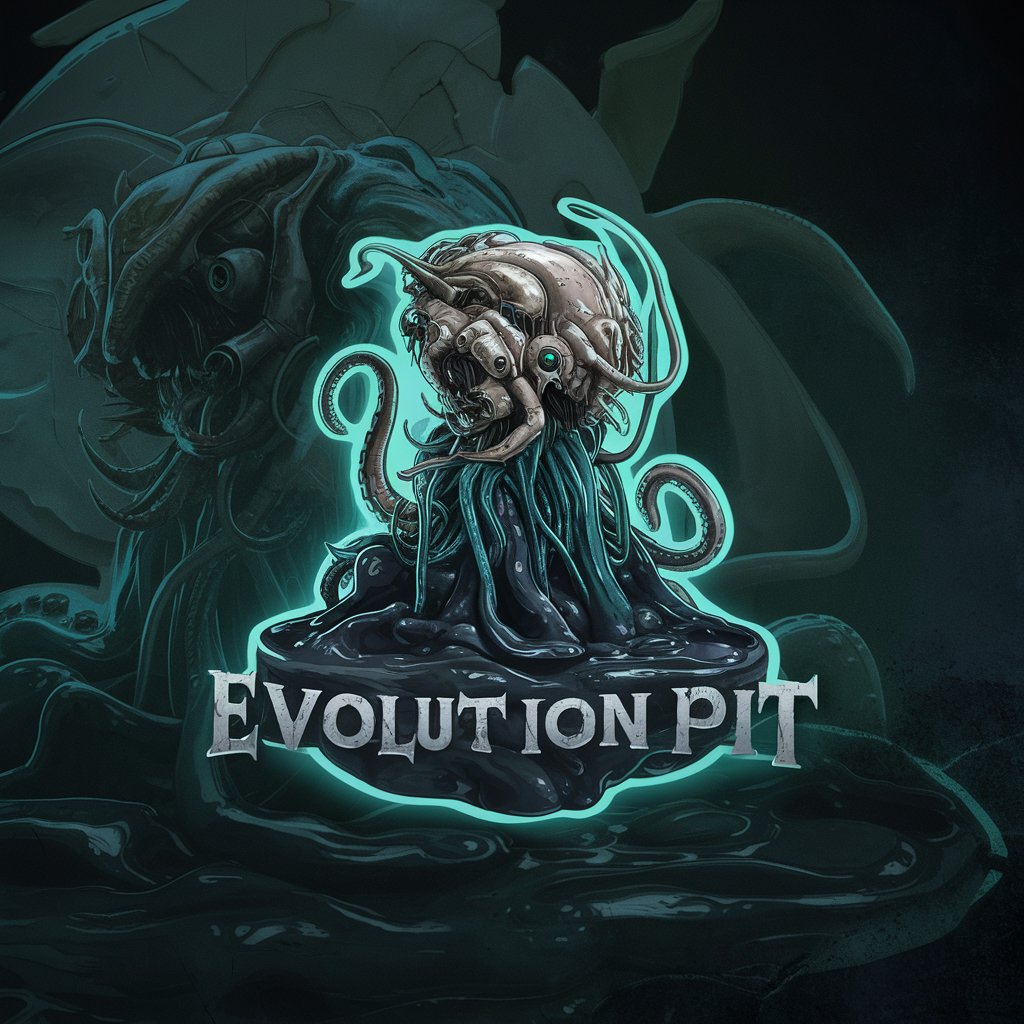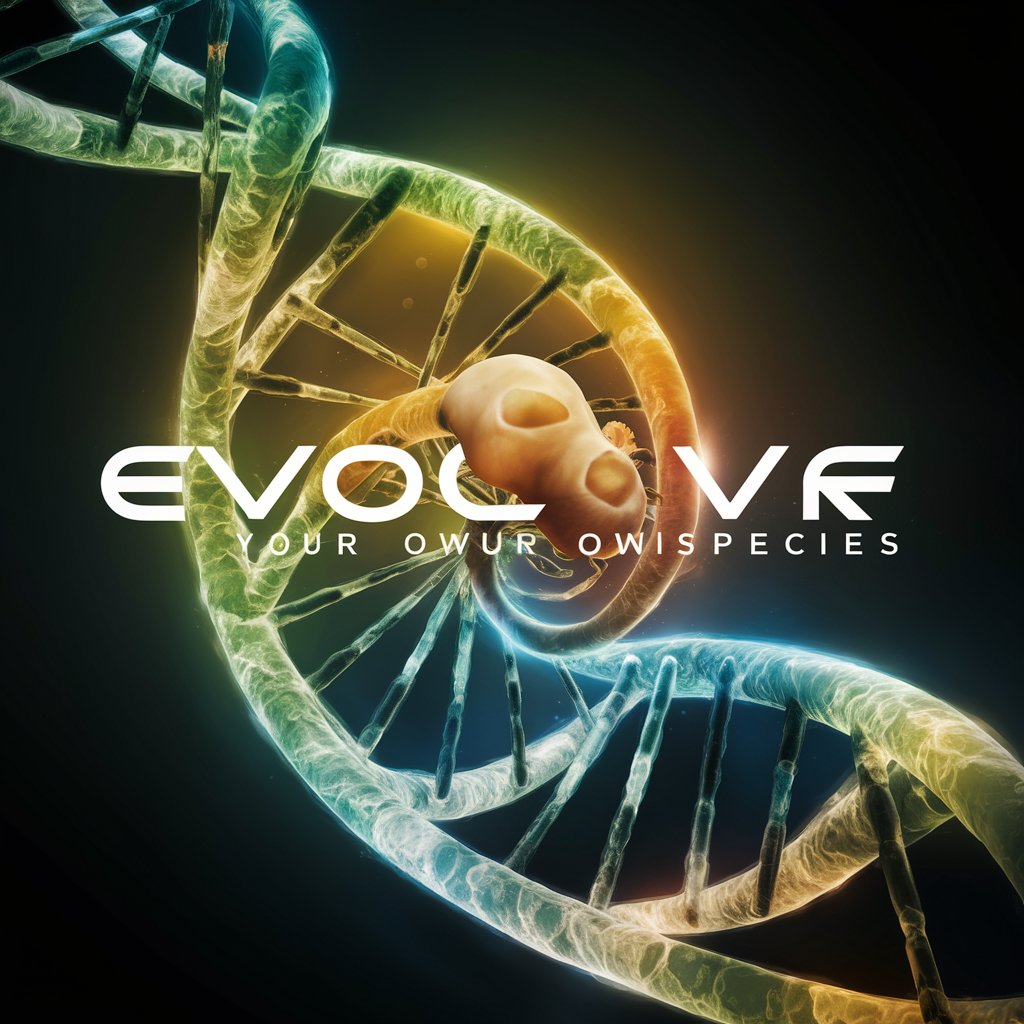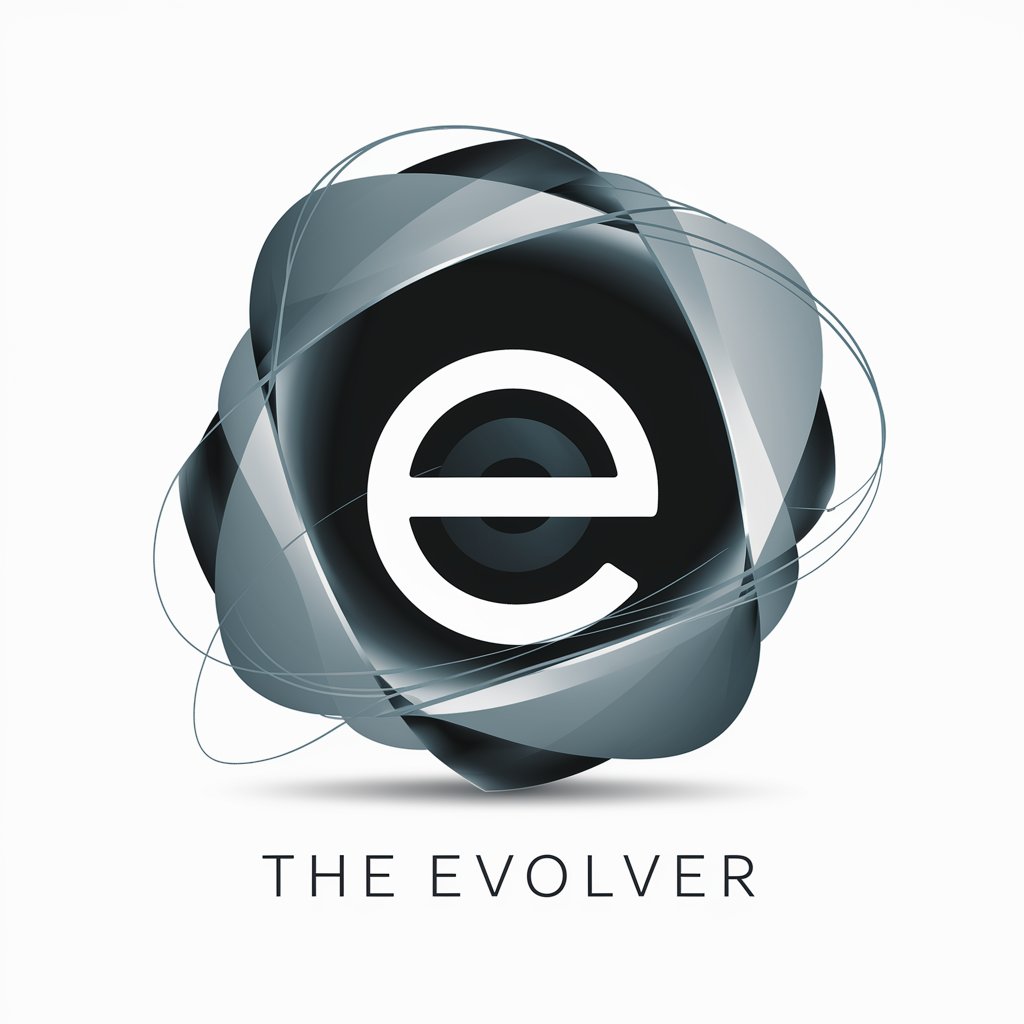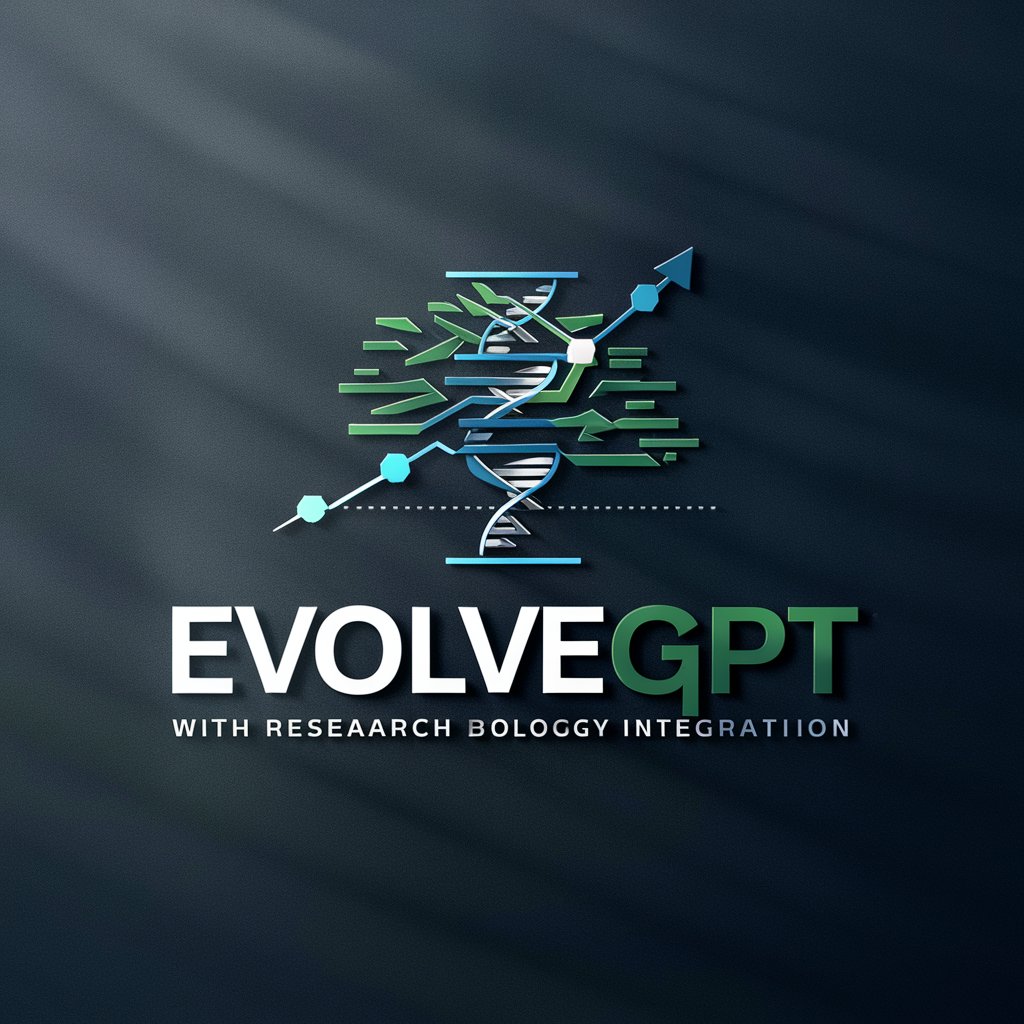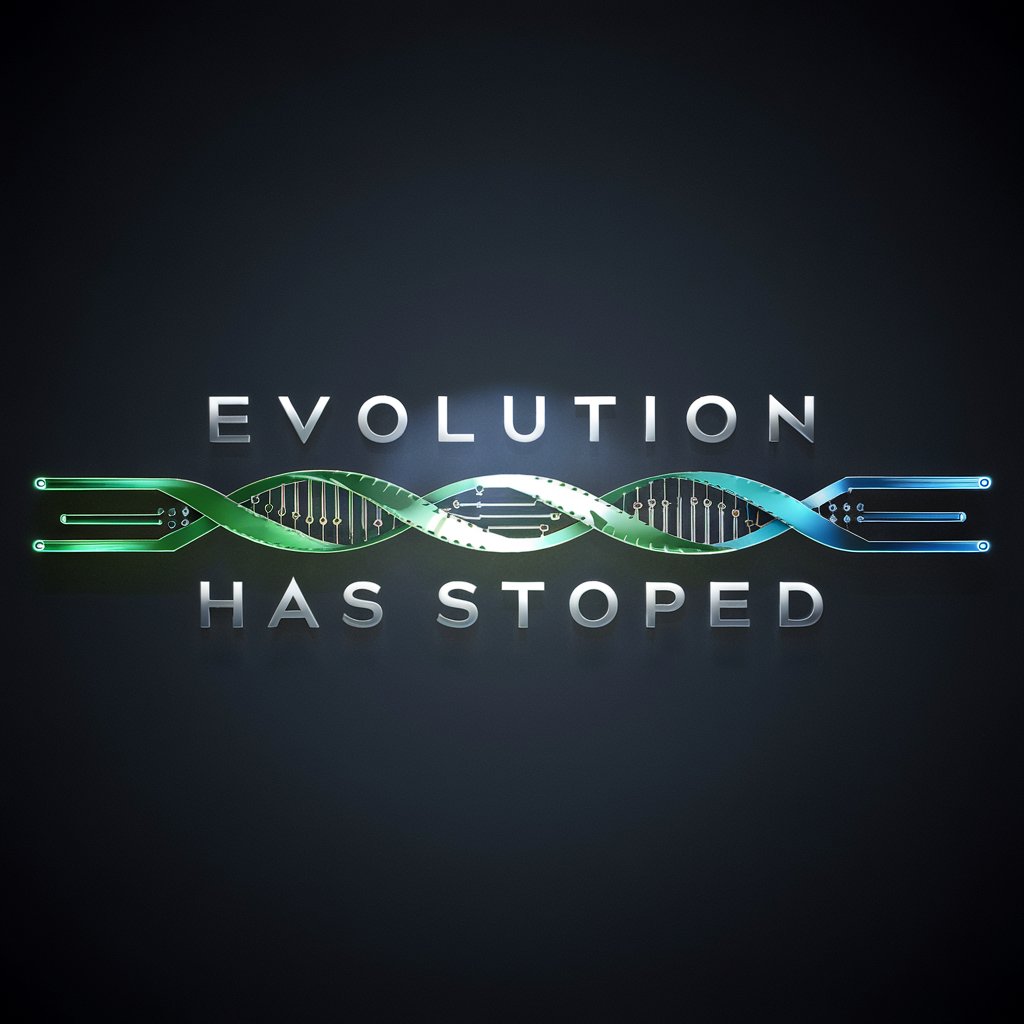
Mapping Evolution Stages - strategic mapping tool
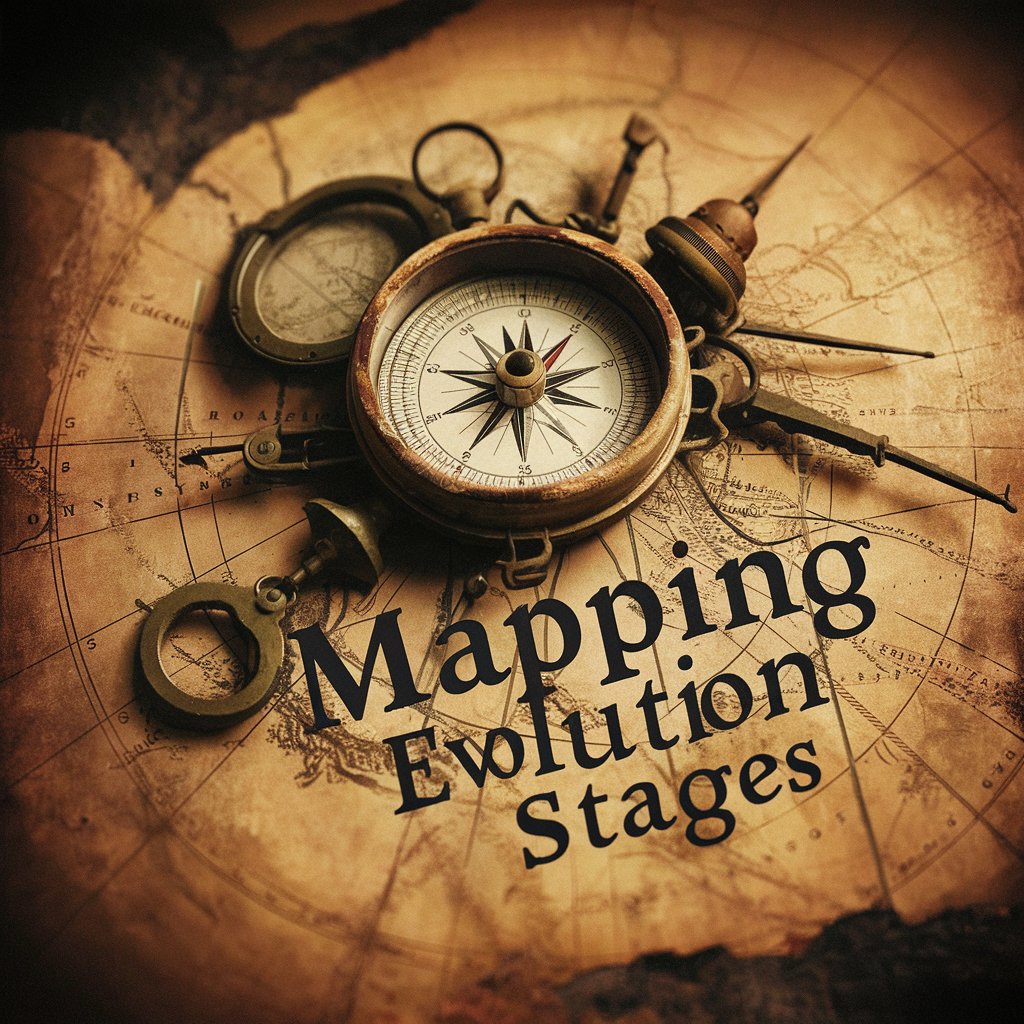
Welcome! Let's map your component's evolution.
Navigate business landscapes with AI
What is the evolutionary stage of your component based on its market perception?
How does user perception influence the current stage of your component?
Can you describe the publication types available for your component?
What is the focus of value for your component in its current stage?
Get Embed Code
Introduction to Mapping Evolution Stages
Mapping Evolution Stages is a specialized tool designed to assist users in identifying and understanding the evolution stage of components within Wardley Maps. These stages—Genesis, Custom, Product (+rental), and Commodity (+utility)—are key in strategizing and making informed decisions in business and technology landscapes. The purpose of this tool is to provide a structured approach to analyzing components based on various characteristics such as ubiquity, certainty, market perception, and user perception. For example, a new, innovative technology might be classified in the Genesis stage due to its unique nature and low ubiquity, whereas cloud computing, widely used and standardized, would be classified as a Commodity. Powered by ChatGPT-4o。

Main Functions of Mapping Evolution Stages
Classification of Components
Example
Determining whether a specific technology is at the Genesis, Custom, Product, or Commodity stage.
Scenario
A business evaluating blockchain technology for its operations could use the tool to understand that blockchain, while maturing, might still be considered in the Custom to Product transition phase for certain applications, indicating a need for customization and a higher risk compared to more commoditized technologies.
Strategic Decision Support
Example
Providing insights into investment, development, or procurement strategies based on the evolutionary stage of components.
Scenario
An organization deciding on its IT infrastructure might use Mapping Evolution Stages to identify that while on-premise servers are moving towards the Commodity stage, cloud services are already there, guiding the organization towards cloud adoption for efficiency and scalability.
Risk Management
Example
Assessing the stability and risk associated with adopting or investing in technologies and practices at different stages of evolution.
Scenario
A company considering the adoption of an emerging AI technology would use the tool to identify it as in the Genesis or Custom stage, highlighting the potential for high innovation but also greater risk and uncertainty, leading to strategies for mitigating these risks.
Ideal Users of Mapping Evolution Stages Services
Business Strategists
Professionals involved in developing and implementing business strategies can utilize Mapping Evolution Stages to align their technology and service choices with long-term strategic goals, ensuring they invest in the right areas for growth and efficiency.
Technology Leaders
CTOs, CIOs, and other technology executives can use the tool to guide technology adoption, infrastructure decisions, and innovation initiatives by understanding the maturity and evolution stage of various technologies and services.
Product Managers
Individuals responsible for the development and management of products can benefit from understanding where their products or services stand in the market evolution, helping to tailor development, marketing, and sales strategies accordingly.

How to Use Mapping Evolution Stages
Start Your Journey
Begin by visiting a platform that offers hassle-free access to Mapping Evolution Stages without the need for a subscription or prior login.
Identify Components
Gather information about the components you wish to map, focusing on their characteristics such as ubiquity, certainty, and market perception.
Map Components
Utilize the Mapping Evolution Stages to classify each component into its appropriate stage: Genesis, Custom, Product, or Commodity.
Analyze and Strategize
Analyze the mapped components to identify strategic opportunities, dependencies, and potential areas for innovation or efficiency improvements.
Iterate and Evolve
Regularly revisit and update the map as components evolve or as new information becomes available, ensuring your strategies remain relevant and effective.
Try other advanced and practical GPTs
Tech Resume Expert
AI-Powered Early-Career Resume Specialist

Econo Tutor
Empowering MBA Students with AI-Driven Economic Insights

Makeup Mate
AI-powered Personalized Makeup Consultation

Farsider
Craft Humor with AI Precision

Dale E. Headers
Stay informed with a friendly AI-powered chat.

Lecture Planner
Revolutionize Lectures with AI-Powered Insights

ボジョレーライクキャッチフレーズメーカー
Craft Compelling Catchphrases with AI

Consultor Fiscal Digital
AI-Powered Tax Consultant

Linux Commands
Master Linux Commands with AI

Melody Maestro
Harmonizing AI with Music Creativity

CulinaryGPT | Kitchen AI Assistant
AI-Powered Personal Chef in Your Pocket

Heroes Bounty Draftsman
Craft precise bounties with AI

Frequently Asked Questions about Mapping Evolution Stages
What is the purpose of Mapping Evolution Stages?
Mapping Evolution Stages helps in understanding the maturity and evolution of components within a business ecosystem, guiding strategic decision-making by identifying opportunities for innovation, efficiency, and risk management.
Can Mapping Evolution Stages be used for any industry?
Yes, Mapping Evolution Stages is versatile and can be applied across various industries to map out technology, processes, and market offerings, aiding in strategic planning and competitive analysis.
How often should I update my Wardley Map?
Updating your Wardley Map should be a continuous process, ideally revisited quarterly or in response to significant market, technology, or internal business changes to maintain strategic alignment.
What is the difference between 'Product' and 'Commodity' stages?
The 'Product' stage involves more standardized solutions with some differentiation, while the 'Commodity' stage represents fully standardized, widely available, and interchangeable offerings with minimal differentiation.
How can Mapping Evolution Stages impact decision-making?
By providing a visual representation of the maturity and evolution of components, Mapping Evolution Stages enables leaders to make informed decisions on where to invest, innovate, or discontinue efforts, aligning resources with strategic goals.
